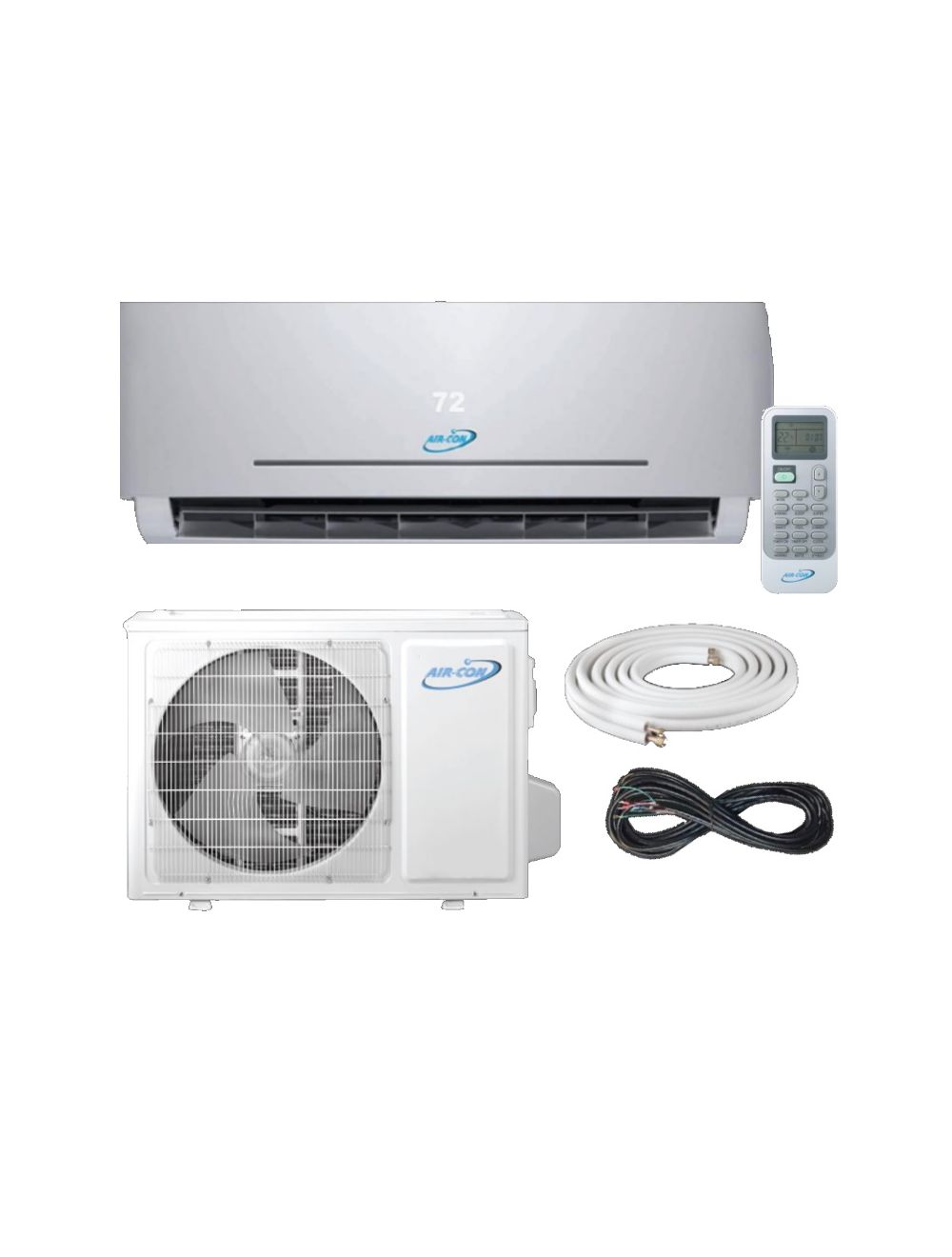How to Calculate if a 12,000 BTU Mini Split Is Right for Your Room Size?
When shopping for a ductless air conditioning system, one of the biggest questions is whether a 12,000 BTU mini split AC is the right choice for your room. Choosing the correct capacity is critical: a unit that’s too small will struggle to keep up, while an oversized one may waste energy and reduce comfort. The key is to calculate your room size and cooling/heating needs accurately.
So, how do you know if a 12 000 btu mini split is the best fit? Let’s break it down step by step.

Understanding BTUs and Room Coverage
BTU (British Thermal Unit) is the measure of how much energy an air conditioner or heat pump uses to remove or add heat per hour. A 12,000 BTU mini split—commonly called a 1-ton unit—is generally designed to cool or heat about 400 to 600 square feet of space under average conditions.
But room coverage depends on more than square footage. Factors like insulation, ceiling height, sunlight exposure, and room use also affect the right size.
Step 1: Measure Your Room’s Square Footage
The first step is simple: measure the length and width of your room, then multiply them to get total square footage.
For example:
-
A 20 ft x 25 ft room = 500 sq. ft.
-
A 15 ft x 30 ft room = 450 sq. ft.
In both cases, a 12,000 BTU mini split would be well-suited.
Step 2: Adjust for Ceiling Height
Standard BTU calculations assume an 8-foot ceiling. If your ceiling is higher, your room requires more cooling power because of the extra air volume.
For example:
-
9–10 ft ceilings: Add about 10% capacity.
-
12 ft ceilings or more: Add around 20–25% capacity.
So, if you have a 500 sq. ft. room with 10 ft ceilings, you may actually need closer to 13,000–14,000 BTUs to maintain comfort.
Step 3: Consider Sun Exposure and Insulation
Not all rooms are created equal. A well-insulated, shaded room requires less cooling capacity than one with poor insulation or direct sunlight.
-
South- or west-facing rooms with lots of windows may need an extra 10–15% BTUs.
-
Poorly insulated rooms (like garages, attics, or older additions) may require an upgrade to the next size.
-
Basements or shaded rooms may require slightly less capacity.
Step 4: Factor in Room Use and Occupancy
The way you use your room also impacts cooling and heating needs.
-
Bedrooms or offices: Standard sizing works well.
-
Living rooms or entertainment areas: Add about 600–800 BTUs per extra person who regularly uses the space.
-
Kitchens: Add around 4,000 BTUs to account for heat from appliances.
So, a 500 sq. ft. kitchen may require closer to 16,000 BTUs, while the same-sized bedroom is perfectly comfortable with a 12,000 BTU unit.
Step 5: Compare Your Needs to a 12,000 BTU Mini Split
After considering all the above factors, you can see if a 12,000 BTU system is the right fit:
-
Ideal: Medium-sized rooms (400–600 sq. ft.) with standard ceilings and average insulation.
-
Undersized: Large, open-concept rooms, high ceilings, or heavily sunlit areas.
-
Oversized: Small rooms under 300 sq. ft., which may experience short cycling and wasted energy.
Conclusion
A 12,000 BTU mini split AC is the perfect choice for many medium-sized rooms, but proper sizing depends on more than just square footage. By accounting for ceiling height, insulation quality, sunlight exposure, and room use, you can determine whether this size meets your comfort and efficiency needs.
When in doubt, consult a professional HVAC installer—they can perform a load calculation (Manual J) to ensure your mini split is perfectly matched to your space.
The right size not only guarantees comfort but also improves energy efficiency, system lifespan, and long-term savings.